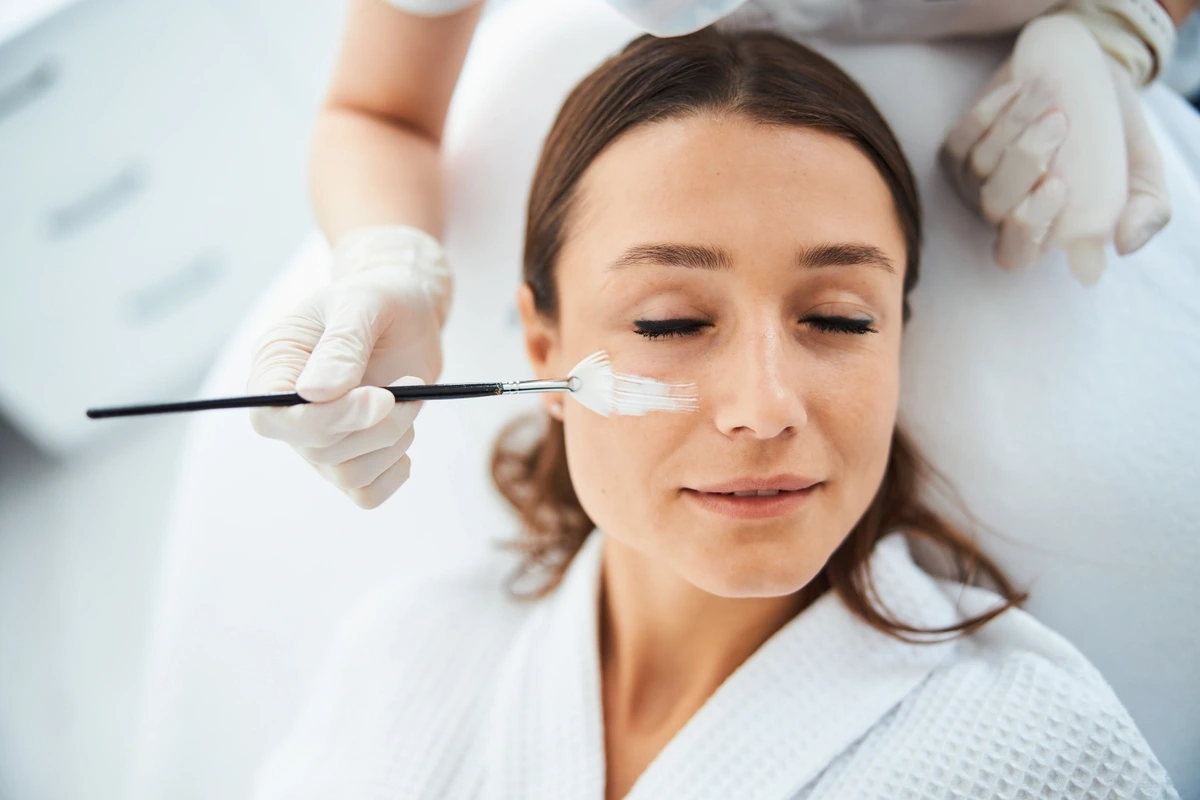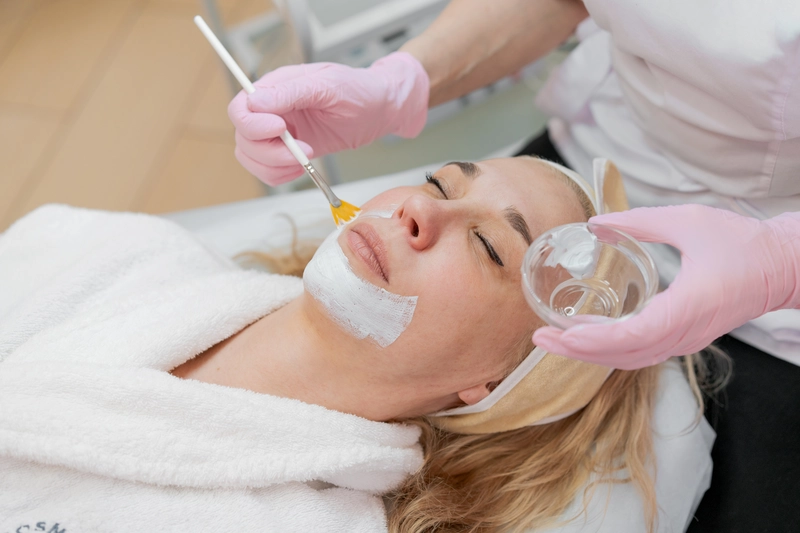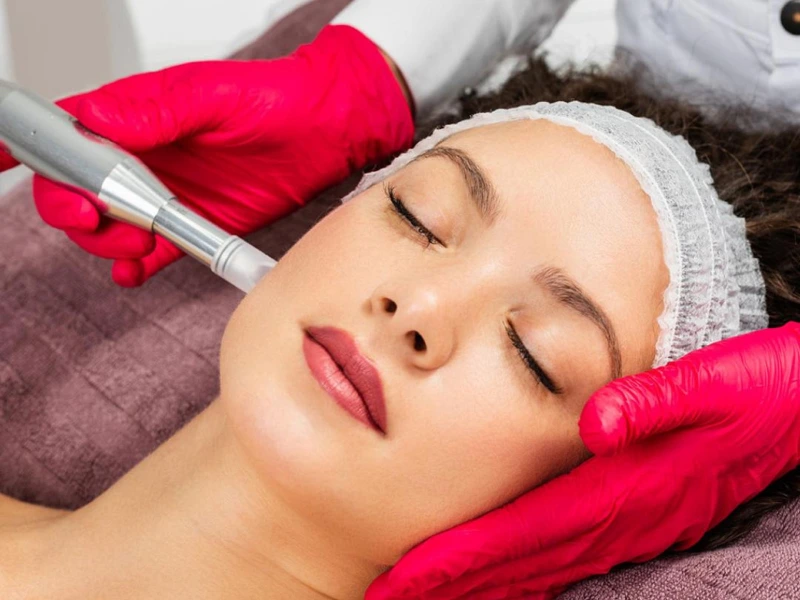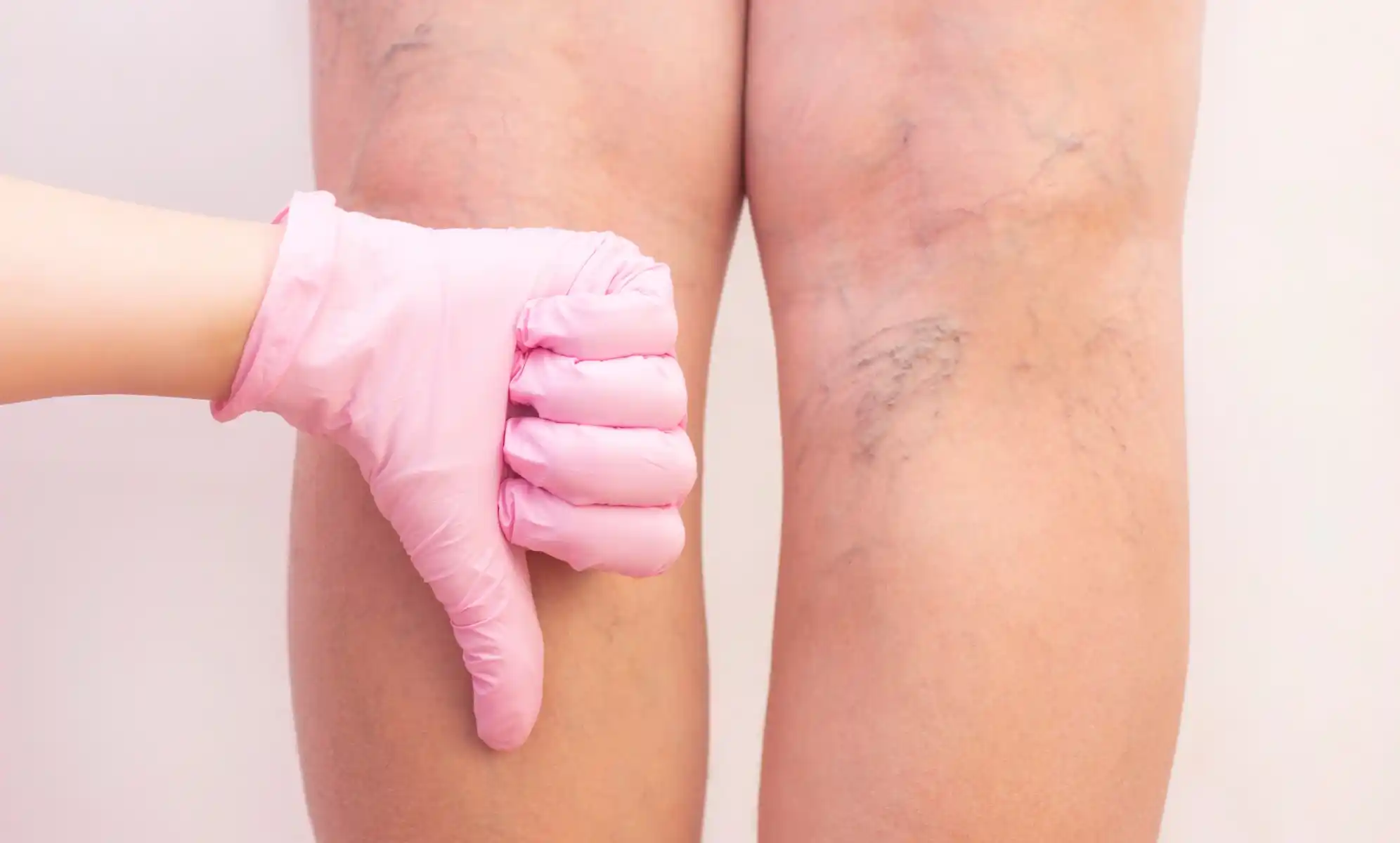Chemical Peel vs Microneedling

- Microneedling vs Chemical Peel: Exploring the Differences
- How Microneedling Enhances Skin Health and Texture
- Chemical Peels for Smoother and Brighter Skin
- Microneedling and Chemical Peel Before and After: What to Expect
- Choosing the Right Treatment: Chemical Peel or Microneedling First
- Combining Microneedling and Chemical Peels for Long-Lasting Results
- Comparing Costs: Finding the Most Cost-Effective Skin Treatment
- Frequently Asked Questions
- Conclusion: Making an Informed Decision for Your Skin
Both treatments improve skin texture, reduce fine lines, and target discoloration. Find out which suits your skin best.
Chemical Peel vs Microneedling: The Best Treatment for Your Skin
Do you struggle with acne scars, wrinkles, or skin discoloration? If so, you may be considering microneedling or a chemical peel. These cosmetic treatments improve skin texture, tone, and overall health by targeting damaged skin cells and promoting collagen production.
Both options offer skin rejuvenation, but they work in different ways. Microneedling uses tiny needles to improve collagen, while chemical peels remove the outer layer of skin for a fresh look. The right choice depends on your skin concerns and treatment goals. Let's explore how each works and which one may be best for you.
Microneedling vs Chemical Peel: Exploring the Differences

Both microneedling and chemical peels improve skin texture and appearance, but they work in different ways. Microneedling creates tiny injuries in the skin using small needles. This process improves collagen production and helps the skin repair itself naturally. Over time, it reduces wrinkles, scars, and uneven skin tone.
Chemical peels involve applying a solution that exfoliates the skin by eliminating damaged cells. This exfoliation process reveals smoother, healthier skin underneath. Peels can be light, medium, or deep, depending on how much skin needs to be removed.
The main difference lies in how they work. Microneedling stimulates the skin to heal from within, while skin resurfacing peels focus on removing damaged layers. Both treatments target skin imperfections and help achieve desired results. Choosing the right option depends on your skin type and concerns.

How Microneedling Enhances Skin Health and Texture
What Is Microneedling?
Microneedling is a minimally invasive treatment that stimulates natural skin repair. It uses tiny needles to create micro-injuries on the skin’s surface. These controlled injuries trigger collagen and elastin production, leading to smoother, firmer skin.
Benefits of Microneedling
This treatment helps improve various skin concerns, including:
- Acne scars – Fades scars by promoting new skin cell growth.
- Age spots – Diminishes hyperpigmentation and promotes a more even skin tone.
- Wrinkles and fine lines – Improves collagen levels, leading to firmer and smoother skin.
- Sun damage – Repairs damaged skin cells and enhances skin texture.
Why Microneedling is a Popular Choice
Many patients find other treatments are not better than microneedling because it works with the body’s natural healing process. Unlike skin resurfacing peels or laser treatments, microneedling does not remove layers of skin but instead strengthens the existing structure.
Microneedling Pros and Cons
Like any treatment, microneedling has pros and cons.
- Improves skin texture and elasticity.
- Minimal downtime compared to other treatments.
- Safe for most skin types.
- Requires multiple sessions for best results.
- Temporary redness and sensitivity may occur for a few days after treatment.
For enhanced results, some people combine microneedling with chemical peels. This approach exfoliates dead skin cells while stimulating deeper collagen production. A skincare expert can help determine the best option for your skin needs.
Chemical Peels for Smoother and Brighter Skin
How Chemical Peels Enhance Skin Health and Appearance
Skin resurfacing peels help improve skin tone, texture, and overall appearance. They use a chemical solution to remove damaged skin cells and promote fresh, healthy skin. This treatment reduces skin discoloration, wrinkles, and age spots, making the skin look brighter and smoother.
Types of Chemical Peels
There are three types of chemical peels:
- Superficial Peels – Target the top layer of skin to treat mild discoloration and improve skin texture.
- Medium Peels – Penetrate deeper to reduce wrinkles, sun damage, and acne scars.
- Deep Peels – Remove severe skin damage, improving deep wrinkles, scars, and stubborn pigmentation.
Benefits of Chemical Peels
One of the biggest advantages of skin resurfacing peels is their ability to improve collagen production. This process tightens the skin and helps it appear firmer and more youthful. The exfoliation also clears clogged pores and improves skin texture.
Pros and Cons of Chemical Peels
Like any treatment, chemical peels have pros and cons.
- Reduces wrinkles, acne scars, and pigmentation.
- Enhances skin smoothness and glow.
- Stimulates collagen production for firmer skin.
- Can cause redness and peeling for a few days.
- Deep peels require longer recovery.
- Not suitable for all skin types.
Choosing the right chemical peel depends on your skin type and concerns. A skincare expert can recommend the best option for your needs.
Microneedling and Chemical Peel Before and After: What to Expect
Visible Improvements After Treatment
Both microneedling and chemical peels improve skin texture, tone, and clarity. Microneedling reduces wrinkles, acne scars, and fine lines over time. skin resurfacing peels remove damaged skin cells, revealing brighter and smoother skin.
Healing Process and Results Timeline
Chemical peel after microneedling, skin may appear red and slightly swollen for a few days. Results improve gradually as collagen production increases. A chemical peel causes peeling and flaking for about a week. Deeper peels may take longer to heal.
Post-Treatment Care Differences
Both treatments require sun protection and gentle skincare. After microneedling, avoid makeup and harsh products for 24 hours. After a chemical peel, use hydrating moisturizers to soothe sensitive skin. A skincare expert can guide you on customized aftercare.
Choosing the Right Treatment: Chemical Peel or Microneedling First


Deciding whether to start with microneedling or a chemical peel depends on your skin type and treatment goals. Each treatment works differently and targets specific concerns. If you have sun damage, uneven skin texture, or clogged pores, a chemical peel may be the best first step. It removes dead skin cells and preps the skin for deeper treatments.
For collagen production and skin tightening, microneedling is often recommended first. It helps improve wrinkles, acne scars, and fine lines by improving natural skin repair. If both treatments are part of your skincare plan, it’s best to space them out. Allow your skin sufficient time to recover and renew between treatments.
A skincare expert can assess your skin conditions and recommend the best approach. The right sequence depends on your skin concerns, sensitivity, and desired results. A consultation ensures you get the most effective treatment for your skin.
Combining Microneedling and Chemical Peels for Long-Lasting Results
Microneedling and chemical peels can be combined for enhanced skin rejuvenation. Together, they improve texture, tone, and collagen production while addressing wrinkles, acne scars, and sun damage. However, they should not be done on the same day.
It’s important to space out treatments for safe recovery. Microneedling first allows the skin to heal before applying a chemical peel. Most experts recommend waiting at least two to four weeks between sessions. This prevents irritation and sensitivity while ensuring optimal results.
A skincare professional can create customized treatment options based on your skin type and concerns. The right approach depends on your skin’s healing ability and desired improvements. When done correctly, combining microneedling and skin resurfacing peels leads to smoother, healthier, and younger-looking skin.
Comparing Costs: Finding the Most Cost-Effective Skin Treatment
The cost of microneedling vs chemical peels varies based on several factors. Microneedling generally requires multiple sessions, making it a long-term investment. Skin resurfacing peels range from superficial to deep, with pricing increasing for stronger treatments.
Factors like treatment depth, provider experience, and location affect overall costs. Deeper skin resurfacing peels may provide longer-lasting results but often require more recovery time. Microneedling stimulates collagen production over time, leading to gradual improvements.
Both treatments offer value in different ways. A skincare professional can help determine the most cost-effective option based on your skin needs and goals.
Frequently Asked Questions
Yes, but not on the same day. Wait two to four weeks between treatments to allow the skin to heal properly.
It depends on your skin concerns. Microneedling improves collagen production, while skin resurfacing peels exfoliate damaged skin for a refreshed look.
Both improve skin texture and tone. Microneedling helps with scars and wrinkles, while skin resurfacing peels target discoloration and uneven skin tone.
Wait at least two weeks before microneedling after a chemical peel to prevent excessive irritation and allow skin recovery.
Costs vary based on treatment depth, provider, and location. Microneedling is generally affordable, while skin resurfacing peels range from mild to deep pricing.

Conclusion: Making an Informed Decision for Your Skin

Microneedling and chemical peels both improve skin texture, tone, and appearance. Microneedling improves collagen production, while chemical peels exfoliate damaged skin for a fresh look. Choosing the right treatment depends on your skin concerns and goals.
Consulting a skincare expert at My Own Spade ensures the best treatment plan for your needs. Their professionals recommend safe and effective options for optimal results.
To explore microneedling and chemical peels treatment, Schedule a consultation at My Own Spade today .
- Mon-Sat: 9 AM - 5 PM Sunday: Closed
- Mon-Sat: 9 AM - 5 PM Sunday: Closed
© 2025 Spade Skin Care & More | All rights reserved.




